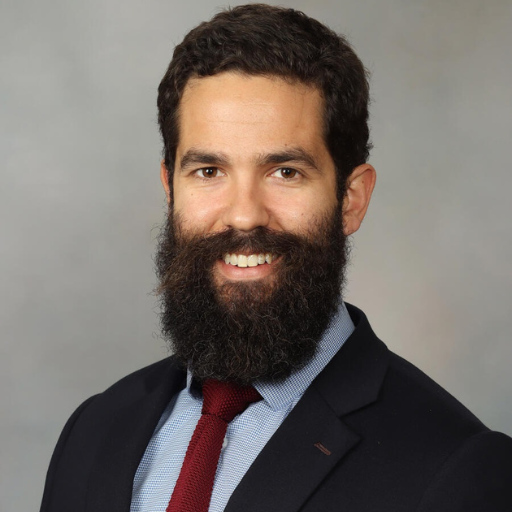Role of Inner Wall Basement Membrane in Outflow Resistance

About the Research Project
Program
Award Type
Standard
Award Amount
$100,000
Active Dates
April 01, 2009 - March 31, 2011
Grant ID
G2009032
Acknowledgement
Goals
What controls intraocular pressure? It is surprising that we still have no answer to this important question. The Specific Aims of our research will determine how intraocular pressure may be regulated by the basement membrane underlying the inner wall endothelium of Schlemm’s canal.
Grantee institution at the time of this grant: Tulane University
Summary
Our research investigates the mechanism of pressure regulation in the eye with the goal of determining why pressure becomes elevated in glaucoma. Our laboratory believes that if we could better understand the mechanisms controlling eye pressure, then we would be able to more successfully reduce eye pressure to treat glaucoma.
Our approach to ophthalmology is somewhat unique, and we tend to think of the eye as an engineering system. Pressure is a mechanical property, after all, and we take an engineering approach to analyzing pressure in the eye. The interesting engineering aspect is that the eye is pressurized not by a stagnant fluid, but by a fluid that is in constant flux. In fact, all the fluid in the space between your iris and cornea is replaced every 90 minutes or so. New fluid is constantly being produced in the eye to replace old fluid that is leaking out. But if the leakage becomes blocked, the fluid backs-up and the pressure builds. In general terms, this is exactly what happens when pressure increases in glaucoma. But what exactly is doing the clogging? That’s the big unknown.
To understand this “blockage”, we focus on the tissue that comprises the drainage path for fluid to leave the eye, and we investigate a very thin membrane that lies just underneath a layer of cells. Flow must cross this membrane to exit the eye, but the membrane is disrupted or broken in places, and it is likely that the flow passes through these breaks. We hypothesize that these breaks act to regulate the drainage, such that if the breaks are too few or too small, then drainage would be impaired and pressure would build. Specific Aim 1 of this project is to determine whether these breaks influence the patterns of flow, by examining whether flow moves towards areas with larger or more plentiful breaks. Specific Aim 2 is to measure the dimensions of these breaks so we can calculate using engineering analysis exactly how these breaks would affect flow. Both of these Aims will allow us to determine whether these breaks are important for controlling eye pressure and whether they may be involved with increased pressure associated with glaucoma.
Progress Updates
Elevated intraocular pressure (IOP) is the principal risk factor for glaucoma and all current therapies attempt to lower IOP as a means to curtail the progression to blindness. However, we do not understand how IOP is regulated or why it becomes elevated in some forms of glaucoma. Previous research has shown that the tissues that make up the inner wall of Schlemm’s canal ‐‐ the primary collection vessel for aqueous humor drainage from the eye ‐‐ may contribute to IOP regulation by controlling the hydraulic resistance to aqueous humor drainage. Dr. Overby and colleagues have developed techniques to visualize the structure of the inner wall, focusing particularly on the “breaks” or discontinuities in this wall, to determine how the inner wall structure influences the pattern of aqueous humor drainage.
These studies were performed in donated human eyes with tiny fluorescent tracers added to label patterns of drainage through the tissue. The locations of these drainage patterns were compared to the presence and size of breaks in the inner wall using electron and confocal fluorescence microscopy. These data are revealing how the hydrodynamic or “resistance‐generating” role of the inner wall is involved in IOP regulation within the eye and how alterations in tissue structure may contribute to elevated IOP in glaucoma.
Related Grants
National Glaucoma Research
Developing a New Glaucoma Treatment That Avoids Daily Drops
Active Dates
July 01, 2025 - June 30, 2027

Principal Investigator
Gavin Roddy, MD, PhD
Current Organization
Mayo Clinic, Rochester
National Glaucoma Research
Human Retinal Regeneration to Cure Glaucoma
Active Dates
July 01, 2025 - June 30, 2027

Principal Investigator
Karl Wahlin, PhD
Current Organization
University of California, San Diego
National Glaucoma Research
Mitochondria in Retinal Ganglion Cells
Active Dates
July 01, 2025 - June 30, 2027

Principal Investigator
Rob Nickells, PhD
Current Organization
University of Wisconsin-Madison



